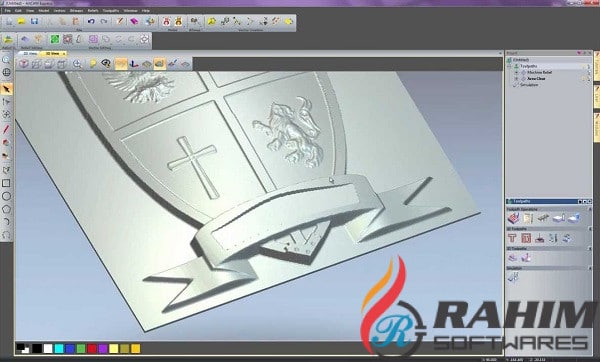

"This standard is necessary to give our healthcare workers deeply needed protections," said Acting Assistant Secretary of Labor for Occupational Safety and Health Jim Frederick.
HOME DESIGNER SUITE 2015 MANUAL UPDATE
OSHA will update the standard, if necessary, to align with CDC guidelines and changes in the pandemic. The emergency temporary standard establishes new requirements for settings where employees provide healthcare or health care support services, including skilled nursing homes and home healthcare, with some exemptions for healthcare providers who screen out patients who may have COVID-19. Given the pace of vaccinations, this standard, along with the guidance OSHA, the CDC and other agencies have released, will help us protect frontline healthcare workers and end this pandemic once and for all." This standard follows the science, and will provide increased protections for those whose health is at heightened risk from coronavirus while they provide us with critical healthcare services. "As I said when I came to the department, we must follow the science. "Too many of our frontline healthcare workers continue to be at high risk of contracting the coronavirus," said U.S. OSHA announced the new standard alongside new general industry guidance, both of which are aligned with Centers for Disease Control and Prevention guidance The standard focuses on healthcare workers most likely to have contact with someone infected with the virus. Department of Labor's Occupational Safety and Health Administration has announced it will issue an emergency temporary standard to protect healthcare workers from contracting coronavirus. OSHA also releases new guidance for all industries To protect health care workers from the coronavirus JS Graphics JS Graphics JS Canvas JS Plotly JS Chart.js JS Google Chart JS D3.US Department of Labor's OSHA issues emergency temporary standard JS vs jQuery jQuery Selectors jQuery HTML jQuery CSS jQuery DOM JS JSON JSON Intro JSON Syntax JSON vs XML JSON Data Types JSON Parse JSON Stringify JSON Objects JSON Arrays JSON Server JSON PHP JSON HTML JSON JSONP JS AJAX AJAX Intro AJAX XMLHttp AJAX Request AJAX Response AJAX XML File AJAX PHP AJAX ASP AJAX Database AJAX Applications AJAX Examples

JS Web APIs Web API Intro Web Forms API Web History API Web Storage API Web Worker API Web Fetch API Web Geolocation API JS Browser BOM JS Window JS Screen JS Location JS History JS Navigator JS Popup Alert JS Timing JS Cookies

JS HTML DOM DOM Intro DOM Methods DOM Document DOM Elements DOM HTML DOM Forms DOM CSS DOM Animations DOM Events DOM Event Listener DOM Navigation DOM Nodes DOM Collections DOM Node Lists JS Async JS Callbacks JS Asynchronous JS Promises JS Async/Await JS Classes Class Intro Class Inheritance Class Static JS Functions Function Definitions Function Parameters Function Invocation Function Call Function Apply Function Bind Function Closures

JS Objects Object Definitions Object Properties Object Methods Object Display Object Accessors Object Constructors Object Prototypes Object Iterables Object Sets Object Maps Object Reference JS Versions JS Versions JS 2009 (ES5) JS 2015 (ES6) JS 2016 JS 2017 JS 2018 JS IE / Edge JS History JS Tutorial JS HOME JS Introduction JS Where To JS Output JS Statements JS Syntax JS Comments JS Variables JS Let JS Const JS Operators JS Arithmetic JS Assignment JS Data Types JS Functions JS Objects JS Events JS Strings JS String Methods JS String Search JS String Templates JS Numbers JS Number Methods JS Arrays JS Array Methods JS Array Sort JS Array Iteration JS Array Const JS Dates JS Date Formats JS Date Get Methods JS Date Set Methods JS Math JS Random JS Booleans JS Comparisons JS If Else JS Switch JS Loop For JS Loop For In JS Loop For Of JS Loop While JS Break JS Iterables JS Sets JS Maps JS Typeof JS Type Conversion JS Bitwise JS RegExp JS Errors JS Scope JS Hoisting JS Strict Mode JS this Keyword JS Arrow Function JS Classes JS Modules JS JSON JS Debugging JS Style Guide JS Best Practices JS Mistakes JS Performance JS Reserved Words


 0 kommentar(er)
0 kommentar(er)
